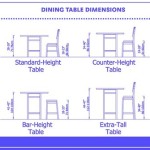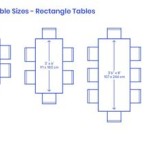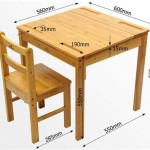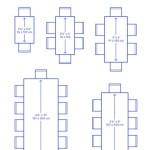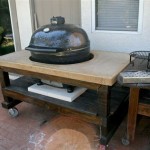What Vegetables Can You Grow Together in a Container?
Container gardening offers a practical and efficient way to cultivate vegetables, even in limited spaces. By carefully selecting compatible plants, you can create thriving mini-ecosystems within your containers. Companion planting, the practice of growing compatible plants together, can enhance growth, deter pests, and attract beneficial insects. This article explores the principles of companion planting and provides a list of vegetables that thrive when grown together in containers.
Understanding Companion Planting
Companion planting is based on the idea that some plants benefit from the presence of others. This can occur through various mechanisms:
- Improved soil health: Some plants, like legumes, fix nitrogen in the soil, enriching it for neighboring plants.
- Pest control: Certain herbs deter common garden pests, protecting nearby vegetables.
- Pollination enhancement: Some flowers attract pollinators like bees, benefiting nearby vegetable plants.
- Growth promotion: Some plants release compounds that stimulate growth in others.
However, it's crucial to consider that not all plants are compatible. Some combinations can lead to competition for resources, disease transmission, or even stunted growth. Therefore, careful research and planning are essential before planting.
Vegetable Combinations for Container Gardening
Here are some vegetable combinations that typically thrive when grown together in containers:
1. Tomatoes, Basil, and Peppers
This classic trio embodies the principles of companion planting. Basil helps repel whiteflies and other tomato pests, while peppers attract beneficial insects that prey on pests. Tomatoes, in turn, provide shade for basil, which thrives in partial shade.
Tips:
- Plant tomatoes in the center of the container, with peppers and basil around the perimeter.
- Choose compact varieties to ensure enough space for all plants.
- Regular watering and fertilization are essential for this combination.
2. Carrots, Onions, and Lettuce
This combination is known for its ability to improve soil conditions. Onions deter carrot root flies, while lettuce provides ground cover and shade, keeping the soil moist. Carrots, in turn, benefit from the nutrients released by onions.
Tips:
- Plant onions in the center of the container, surrounded by carrots and lettuce.
- Choose varieties with different maturity times to ensure continuous harvest.
- Mulch around the base of the plants to retain moisture.
3. Beans, Zucchini, and Marigolds
This combination offers pest control and improved soil fertility. Beans, being legumes, fix nitrogen in the soil, benefiting zucchini growth. Marigolds repel squash bugs, a common zucchini pest. Zucchini, in turn, provides shade for the beans.
Tips:
- Plant beans along the edge of the container, with zucchini in the center and marigolds interspersed.
- Choose compact varieties of zucchini to ensure enough space.
- Provide support for bean plants as they grow.
4. Cucumbers, Dill, and Nasturtiums
This combination is known for its attractive flower display and pest control. Dill attracts beneficial insects that prey on cucumber pests, while nasturtiums deter aphids and other pests. Cucumbers, in turn, benefit from the shade provided by dill and nasturtiums.
Tips:
- Plant cucumbers in the center of the container, with dill and nasturtiums around the perimeter.
- Provide support for cucumber vines to allow them to climb upward.
- Harvest dill regularly to encourage new growth.
Choosing the Right Container
The size and type of container you choose are crucial for successful container gardening. Consider these factors:
- Size: Ensure the container is large enough to accommodate the root systems of the chosen plants. Aim for at least a 12-inch diameter for most vegetable combinations.
- Material: Choose a material that drains well and doesn't retain too much heat. Plastic containers are popular for their affordability and durability, while terracotta pots offer good drainage but can dry out quickly.
- Drainage: Ensure the container has adequate drainage holes to prevent root rot.
By understanding companion planting principles and carefully selecting compatible vegetables and containers, you can create thriving and productive mini-gardens even in limited spaces.

20 Best Vegetables For Container Gardening Growing In The Garden

20 Best Vegetables For Container Gardening A Piece Of Rainbow

Bringing Vegetables Herbs And Flowers Together In One Container Garden Beautifully

Vegetables You Can Grow In Small Pots Space Gardening

The Best 11 Vegetables To Grow In Pots And Containers Gardener S Path
Vegetables In Containers Rhs Gardening

Container Vegetable Gardening Designing Your Garden Know How

Bringing Vegetables Herbs And Flowers Together In One Container Garden Beautifully

Patio Vegetable Garden Setup And Tips To Get Growing

Vegetable Patio Planters Set Of 3 Pots Garden Haxnicks


